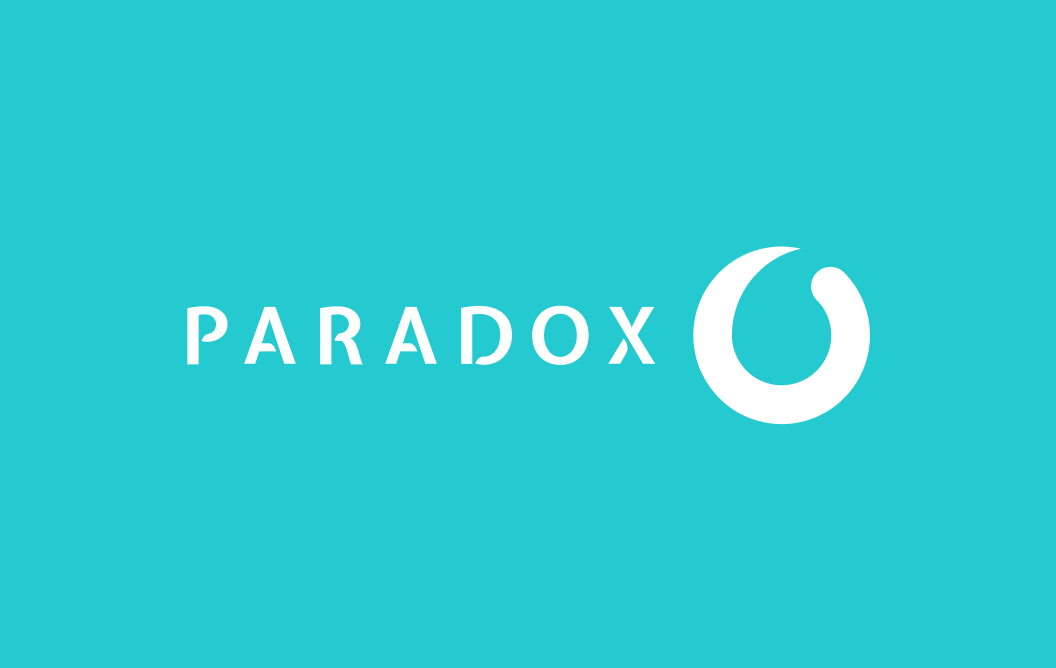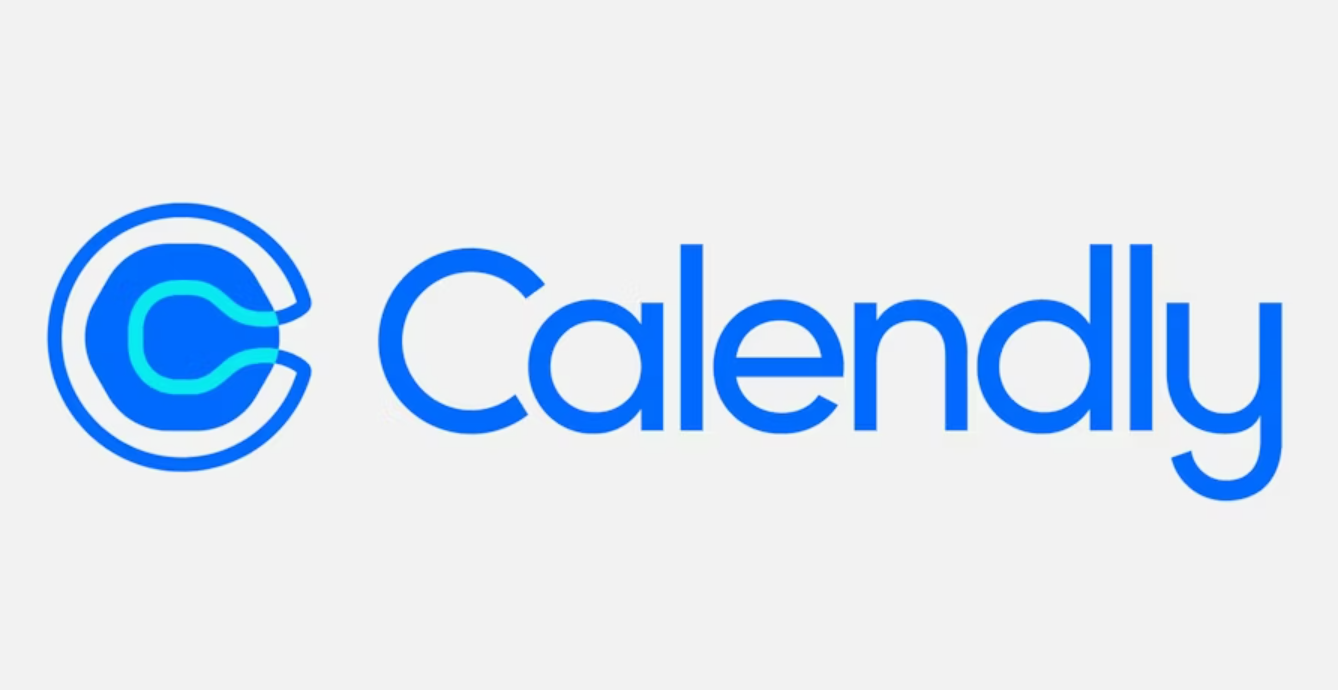AI Interview Scheduling Tools To Keep Hiring Moving After Hours
AI interview scheduling tools keep hiring moving after hours by automating self-scheduling, time-zone coordination, reminders, and calendar syncing. These platforms reduce delays, eliminate back-and-forth communication and keep candidates progressing even when recruiters are offline, which results in faster pipelines, fewer no-shows, and consistent global hiring.
.jpg)
AI interview scheduling tools keep hiring moving after hours by automating self-scheduling, time-zone coordination, reminders, and calendar syncing. These platforms reduce delays, eliminate back-and-forth communication and keep candidates progressing even when recruiters are offline, which results in faster pipelines, fewer no-shows, and consistent global hiring.
Introduction
Candidates are always applying, hiring managers try to keep up with sending timely updates, and interview loops continue evolving, but recruiters aren’t always available.
Common pain points include:
- Delays in scheduling
- Candidates moving forward with competitors
- Dropped communication
- Pipelines that stall overnight
- Avoidable no-shows and rescheduling loops
AI interview scheduling tools solve this by handling every part of the coordination process automatically. They read calendars, match availability, send reminders, adjust time zones, route candidates based on qualifications and allow self-booking 24/7.
Below is a practical tool-by-tool breakdown of how AI scheduling platforms keep interviews moving even when recruiters are offline. Plus real operational benefits, challenges, and KPIs.
Why After-Hours Scheduling Matters
After-hours responsiveness is now a hiring advantage for three reasons:
1. Candidate decisions are made quickly.
Many candidates receive multiple offers. A 12–48 hour delay in scheduling is enough for a candidate to lose interest, or a competitor to secure them.
2. Most applications happen outside business hours.
Retail, healthcare, customer service, and hourly roles see evening application spikes. For example, technical roles often apply late at night after work.
If you are limited to due scheduling constraints, pipeline momentum drops significantly.
3. Global hiring makes “working hours” irrelevant.
Teams hiring across the U.S., Europe, and APAC cannot afford to wait for overlapping windows. AI scheduling tools remove the need for recruiters to manage time-zone math manually.
The core value is simple:
If candidates can book interviews immediately, hiring moves faster even while recruiting teams sleep.
What AI Interview Scheduling Tools Actually Do?
All serious AI scheduling platforms today handle four core functions:
1. 24/7 self-scheduling
Candidates choose a time from pre-approved availability windows.
2. Automatic calendar coordination
Tools read interviewer calendars across Google Workspace, Outlook, Microsoft 365, and connected ATS systems.
3. Time-zone intelligence
Systems detect the candidate and interviewer time zones automatically.
4. Automated reminders and rescheduling
Reduces no-shows by sending reminders and allows candidates to adjust times without recruiter involvement.
More advanced tools add interviewer load-balancing, panel assembly, candidate routing, and performance analytics.
Top AI Interview Scheduling Tools for After-Hours Hiring
These tools help recruiters stay responsive even when the team is offline to give candidates an immediate path to book interviews at their convenience. By automating everything from screening to calendar coordination, they keep the hiring process moving smoothly around the clock.
1. Paradox (Olivia) — Conversational, high-volume scheduling

Paradox stands out in environments where candidates prefer simple text-based interactions.
Key capabilities:
- Candidates can schedule or reschedule interviews through SMS, WhatsApp, or web chat at any hour
- Automated screening before offering scheduling links
- Calendar sync across recruiter and hiring manager calendars
- Works well for retail, hospitality, logistic, and franchise hiring where volume is high and communication is fast
Why it works after hours:
Olivia responds instantly and provides booking options without requiring the recruiter's action which is ideal for late-night applicants.
2. GoodTime — Best for multi-interviewer and panel coordination

GoodTime is designed for companies with complex interview loops.
Key capabilities:
- AI matches candidates with the right interviewers based on availability, skills, and workload distribution.
- It automatically assembles panel interviews.
- It sends reminders, syncs calendars, and updates ATS workflows.
- It provides interview load balance metrics to prevent burnout.
Why it works after hours:
Panels are notoriously difficult to schedule manually. GoodTime automates this even when coordinators are offline.
3. HireVue — Self-scheduling combined with video interviewing

HireVue combines on-demand video interviews with automated scheduling for live interviews.
Key capabilities:
- Candidates self-schedule based on real-time availability.
- System updates calendars automatically.
- On-demand video responses allow screening without real-time interaction.
- Reminders reduce no-shows across time zones.
Why it works after hours:
Candidates can submit a video screening at night and immediately book a follow-up interview slot without recruiter involvement.
4. HeyMilo — End-to-end AI recruiting with intelligent routing

HeyMilo uses an agentic AI approach to assist with sourcing, candidate engagement, screening, and scheduling.
Key capabilities:
- It generates automated scheduling links using platforms like Calendly, HubSpot or Microsoft Bookings
- It uses routing logic as qualified candidates go straight to scheduling while others are diverted to nurture pages.
- It maintains pipeline movement even when teams are not online.
- HeyMilo works well for staffing agencies, and high volume hiring teams on any role
Why it works after hours:
- HeyMilo starts by allowing you to set up a new hiring agent in your dashboard. From here, you can manage every part of the candidate journey like blueprints, settings, workflows, scoring, automations and more.

- Build out your Interview Workflow so HeyMilo knows exactly how to guide each candidate through the process.
- Turn on automated scheduling so qualified candidates instantly get a Calendly or other booking link without waiting.

- Let HeyMilo’s routing logic sort candidates by sending strong matches straight to scheduling and guiding others to the right next step.
5. Calendly — Simple, Universal Scheduling

Calendly is not an AI scheduling tool built specifically for recruiting but is widely used because of its reliability and flexibility.
Key Capabilities:
- It syncs with major calendars.
- It auto-generates scheduling links.
- It integrates with Zoom, Teams and ATS systems.
- It can be paired with conversational AI hiring tools (e.g., Paradox, HeyMilo).
Why it works after hours:
Calendly handles follow up bookings while AI assistants handle initial qualification and routing to make the scheduling loop fully automated.
How AI Scheduling Tools Change Recruiting Operations
AI scheduling tools take a huge amount of manual work off recruiters’ plates and keep candidates moving through the process much faster than traditional methods. They create a smoother, more reliable experience for both teams and applicants especially when hiring needs stretch across time zones and outside normal working hours.
1. Faster Pipeline Progression
Scheduling time shrinks from days to hours or instantly for self-schedulers.
Typical improvements:
- Time-to-schedule drops from 48 to 72 hours to under 12
- Candidate response speed increases 2 to 4×
- Fewer stalled candidates in the funnel
2. Lower Administrative Workload
Recruiters spend significant time managing calendars. AI removes 80–95% of this work and saved time is redirected to:
- Candidate evaluation
- Hiring manager partnership
- Process improvement
- Talent strategy
3. Fewer No-Shows And Drop-Offs
Tools send automated reminder sequences via SMS, email or WhatsApp.
Typical reduction:
- 25 to 40% fewer no-shows
- Higher attendance for screening calls and interviews
4. Consistency Across Time Zones
AI handles all conversions automatically to eliminate mistakes and misalignment. This matters especially for:
- Global engineering teams
- Remote-first companies
- Shared services centers
- Companies are hiring hourly workers across regions
5. Ability To Scale Hiring Without Increasing Staff
With after-hours automation, teams can handle:
- Ongoing hiring surges
- Weekend application spikes
- 24/7 candidate flow
- Multi-region operations
Without expanding recruiting teams.
When Each Tool Works Best?
Implementation Considerations (Often Overlooked)
AI scheduling works best when teams address these practical realities:
1. Calendar Hygiene Must Be Strict.
Interviewers must:
- Maintain accurate calendar blocks.
- Avoid last-minute private holds.
- Mark unavailable times clearly.
Otherwise, AI sends candidates into broken flows.
2. Integrations Take Setup Time.
Most tools integrate with ATS systems (Workday, Greenhouse, Lever, iCIMS) but syncing rules must be configured:
- interviewer pools
- scheduling windows
- buffer times
- interview stages
Skipping setup leads to errors later.
3. Interviewer Participation Matters.
If interviewers don’t accept invites or frequently cancel, automation cannot compensate.
4. Candidate Adoption Varies By Role.
Younger workers prefer SMS, corporate candidates expect email while international roles require multilingual support, for example..
Tools must match the audience.
KPIs To Measure Success
To understand whether after-hours automation is working, track:
1. Time-to-schedule
Measure hours, not days. Leverage real-time data.
2. No-show rate
Track pre-automation vs post-automation.
3. Candidate drop-off at scheduling step
Especially important for high-volume roles.
4. Recruiter hours saved
It can be estimated before or after scheduling the workload.
5. Interviewer utilization distribution
It is to ensure that the load is balanced across team members effectively.
The Future Of After-Hours Hiring
AI scheduling is moving toward:
1. Predictive time-slot recommendations
Tools will suggest the best slot based on candidate behavior patterns.
2. Voice-based interview scheduling
Voice assistants are booking interviews over the phone for non-digital applicants.
3. Intelligent interviewer selection
Based on past outcomes, performance data, and interviewer strengths.
4. Fully autonomous workflow loops
From first contact → screening → scheduling → reminders → feedback routing
All without human intervention.
After-hours hiring becomes simply “24/7 hiring.”
Final Take
Delays in scheduling are one of the most preventable causes of candidate drop-off. AI interview scheduling tools eliminate these delays by enabling immediate, accurate, time-zone aware scheduling even when recruiters are offline.
Whether through conversational assistants like Paradox, automated panel coordination like GoodTime, video-first workflows like HireVue, end-to-end routing like HeyMilo or simple coordination through Calendly, these tools guarantee hiring momentum continues around the clock.
Your team can finally log off without slowing down your pipeline.
Yes, when it comes to interviews, we utilize an active proctoring layer, an AI-classifier, and more to detect cheating. We provide a trust score that indicates the likelihood of cheating.
Candidates are appreciating the ability to go beyond their resume and interview in a more interactive/adaptive manner compared to one way video interview software. We also have an average candidate satisfaction score of 4.6/5 - which highlights HeyMilo's conversational AI.
Questions can be configured with an objective evaluation criteria - so candidates are evaluated the way your recruiting team currently evaluates candidates.We additionally run 3rd party bias audit checks so with HeyMilo, you're leveraging ethical AI.





.webp)
.jpg)


